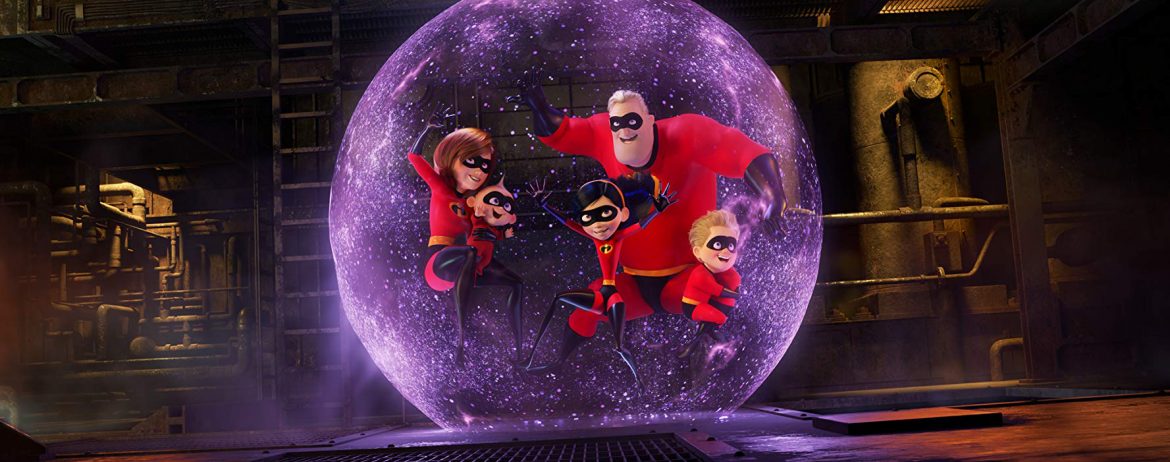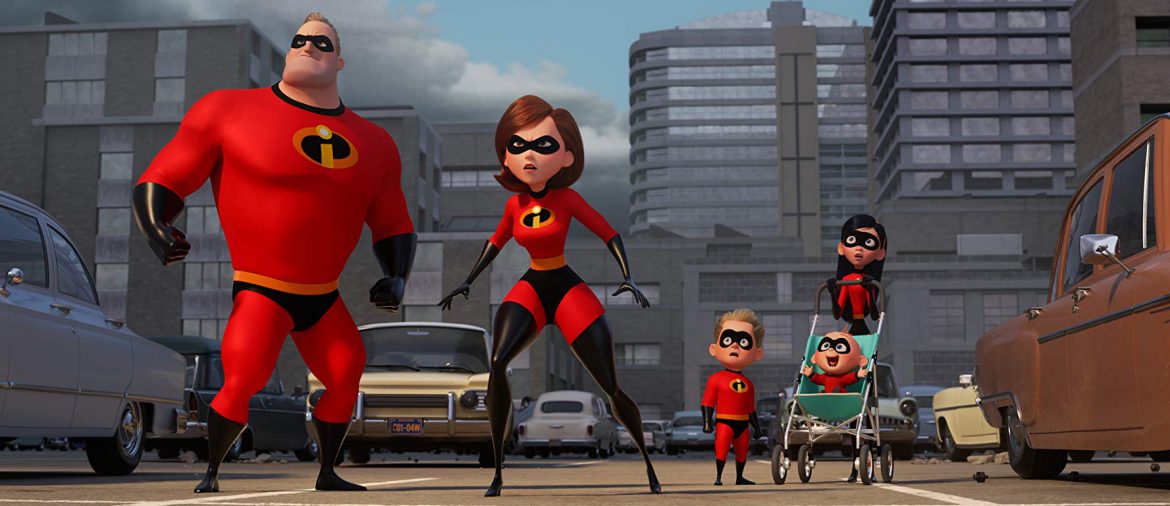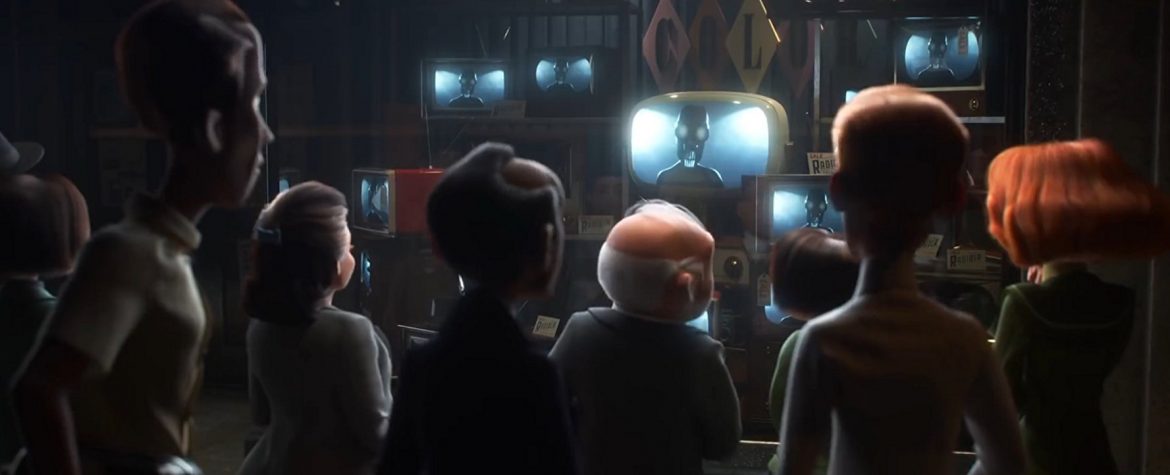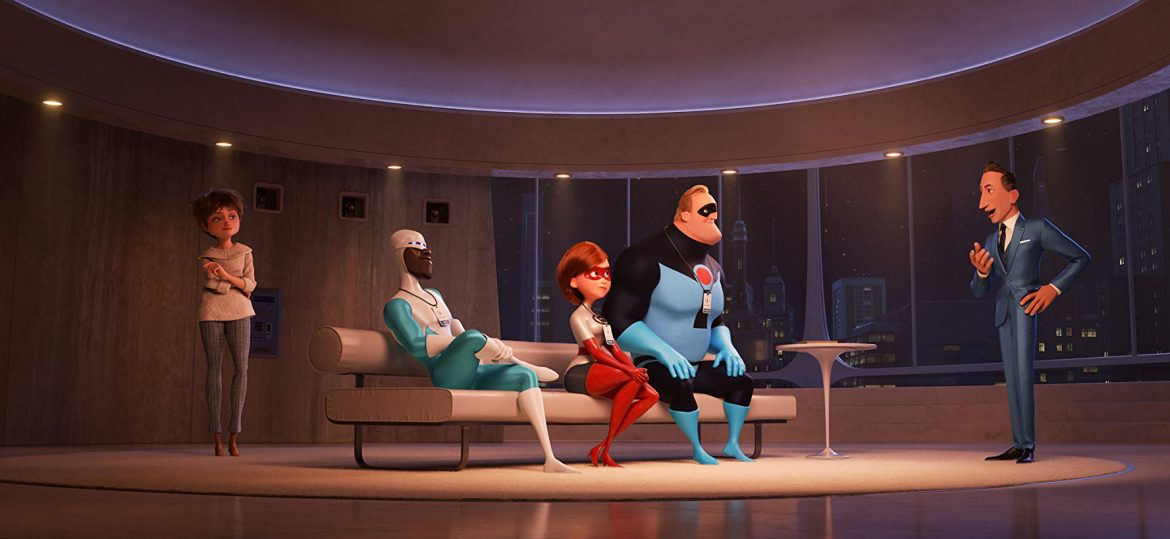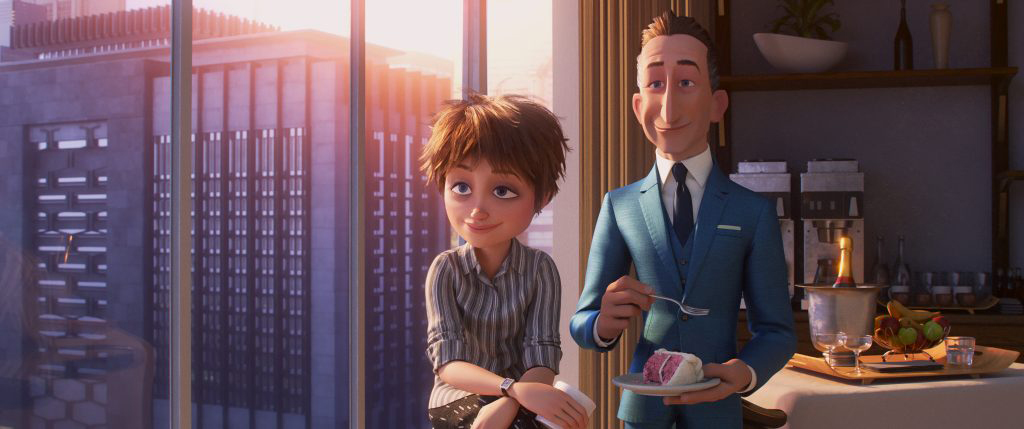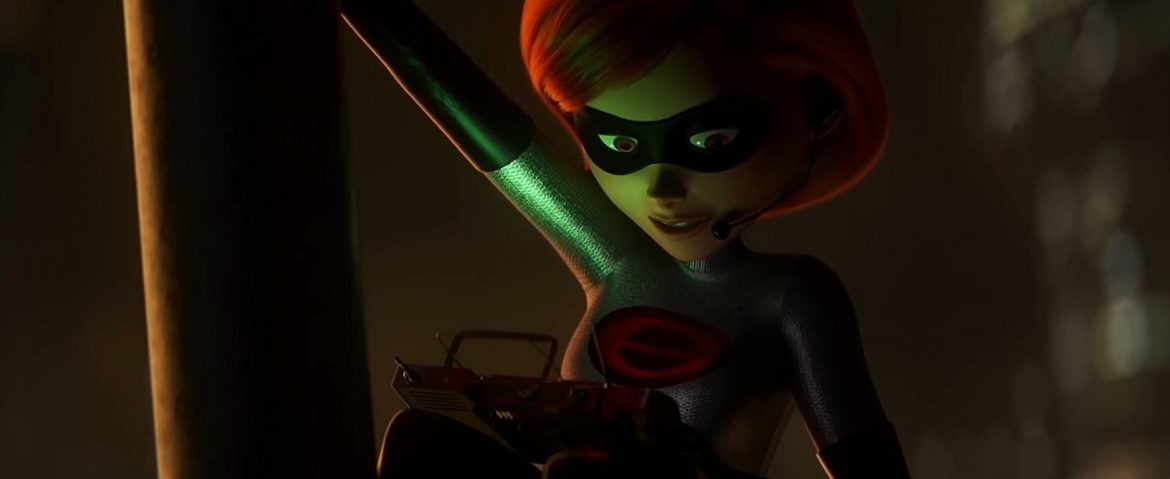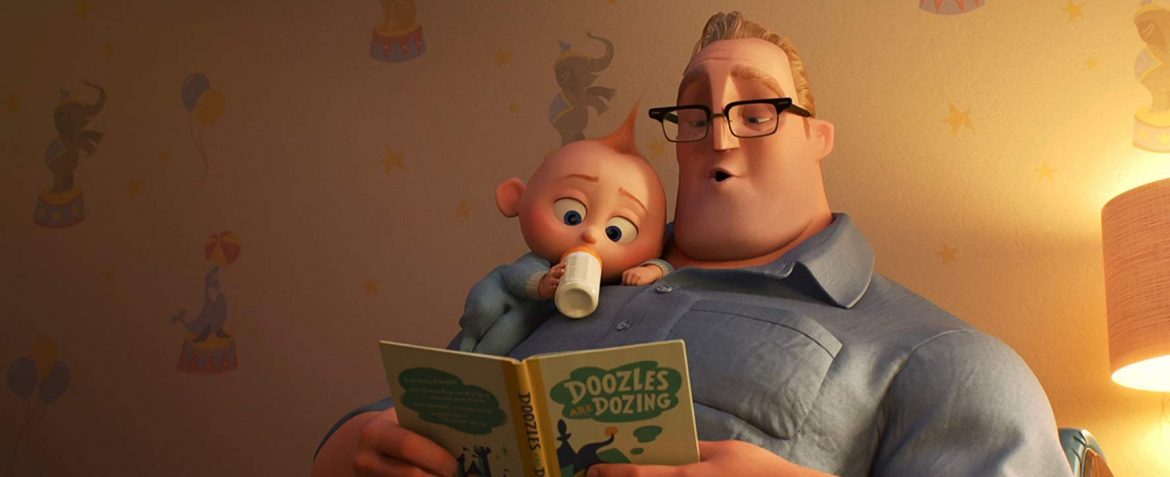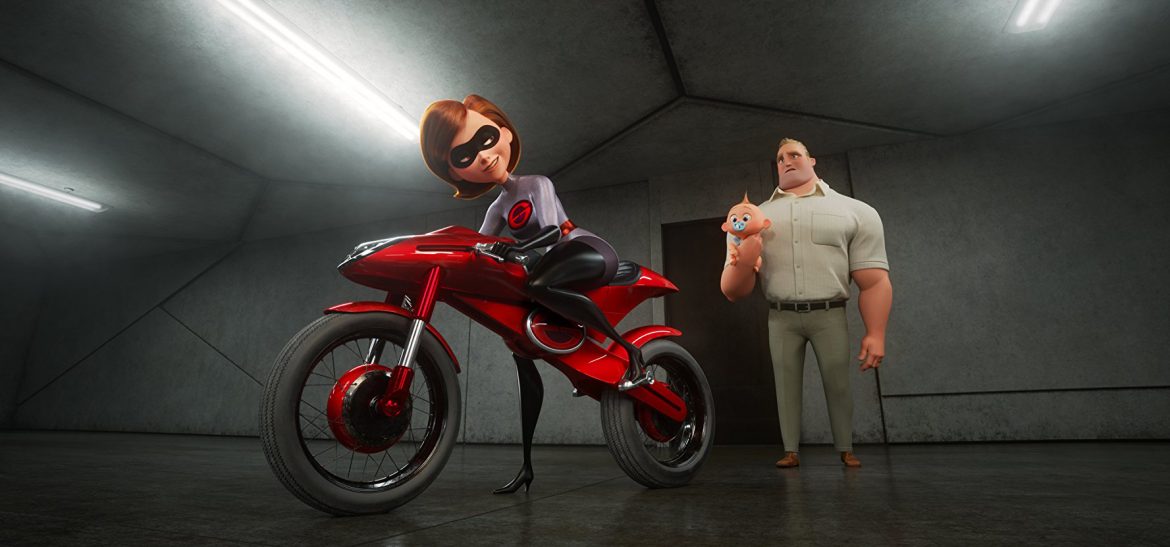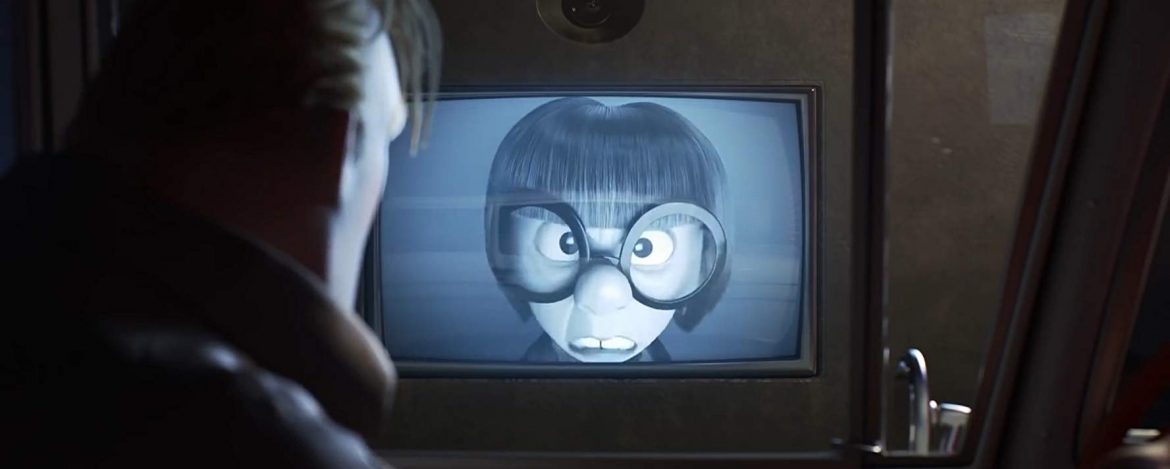TL;DR
Incredibles 2 picks up right where the first film left off, with the Parr family battling villains while a businessman tries to bring superheroes back into legality. While the animation and humor shine, and the shift in focus to Elastagirl is a welcome change, the sequel arguably doesn't capture the same menacing villain and emotional depth as the original. The Swedish dubbing also presented some issues, with voice acting not fully matching the original's gravitas and some jokes not translating well. Despite these points, it's a technically superior and enjoyable sequel that still offers a unique family-focused take on the superhero genre. Discover the full verdict to see if it lives up to the hype.
As I mentioned in my review of Lego Incredibles 2, it’s remarkable to consider that 14 years have passed since the premiere of the first film centered around the superhero family, the Parrs. The Incredibles achieved considerable success for Pixar, and discussions regarding a sequel emerged early on. However, director and screenwriter Brad Bird opted to delay the sequel’s production until he had developed a compelling narrative. Now, the question is whether his latest story lives up to expectations.
The sequel picks up directly after the conclusion of the original film: the villain, the Underminer (John Ratzenberger/Jonas Malmsjö), materializes and initiates a bank heist using his colossal excavator. The Parr Family collaborates to apprehend him. Nevertheless, their efforts are not met with gratitude, given the ongoing illegality of superhero activities. A glimmer of hope appears in the form of the affluent businessman Winston Deavor (Bob Odenkirk/Joachim Bergström) and his sister Evelyn Deavor (Catherine Keener/Anki Albertsson), who propose a plan to reinstate the legality of superheroes. With the emergence of the new antagonist, Screenslaver (Skärmskrämmaren), the Parr Family and the Deavor siblings find themselves facing numerous challenges – yet appearances can be deceiving.
Initially, I viewed the film in Swedish, a deviation from my preference for the original English version. This decision yielded a different outcome compared to my experience with Coco in Swedish. It was closer to my viewing of Hotel Transylvania 3, where the dubbing detracted from the overall experience. While Superhjältarna 2 (known simply as Incredibles 2 in its original English form) isn’t as flawed as Hotel Transylvania 3, Allan Svensson‘s vocal performance doesn’t quite match the depth of Craig T. Nelson‘s. While Svensson delivers the lines accurately and the animation enhances believability, the voice lacks a certain gravitas.
The casting choice for the Swedish voice of Frozone, or Fryzo as he is called in the Swedish dub, is particularly peculiar. The selection of Rafael Edholm as Sweden’s equivalent to Samuel L. Jackson raises questions. The casting feels incongruous, and Fryzo’s dialogue delivery lacks consistency. Furthermore, the handling of character names is inconsistent. Frozone is renamed Fryzo, and Elastagirl becomes Elastaflickan, yet Mr. Incredible remains unchanged in both languages, foregoing options like Herr Incredible or Mr. Fantastisk.
Additionally, certain jokes within the film are tailored to the English language and may not translate effectively. In Coco, the narrative’s strength transcends language barriers, unlike in Incredibles 2. (I intend to view the English version and will update the review with my impressions.)
Prior to writing this review, I revisited the original film after a significant period. While this was beneficial for my understanding, it impacted the review’s overall rating. The sequel, while strong, falls slightly short of the original because the first film possesses a quality that is somewhat diminished in the second. The antagonist in the first film, Syndrome (Jason Lee), is a genuinely menacing psychopath. His actions, including the murder of fifteen superheroes in pursuit of becoming the ultimate hero, contribute to a sense of danger and emotional depth. This adult tone was a defining characteristic of the first film, whereas the sequel lacks a comparable level of emotional intensity and features a villain who is not as overtly malevolent as Syndrome.
Beyond the aforementioned aspects, the film excels in numerous areas. The animation represents a significant leap forward, showcasing advancements in textures, environments, and overall detail compared to the original’s visuals, which now appear reminiscent of earlier video game cutscenes. The humor is well-balanced and engaging, eliciting genuine laughter, and the film’s pacing ensures that its near two-hour runtime feels neither protracted nor sluggish. The score’s 1960s-inspired soundscape perfectly complements the film’s aesthetic, incorporating subtle nods to both Bond and Mission Impossible.
The film’s narrative, which initially centered on Bob Parr (Craig T. Nelson, Allan Svensson), now focuses on Elastagirl (Holly Hunter/Sara Lindh), who is tasked by the Deavor siblings with influencing politicians’ perceptions of superheroes. This shift is a positive step, moving beyond solely male-dominated narratives. Bob Parr experiences the challenges of parenting young children, with humorous situations arising from his struggles to manage the household, which resonated with a colleague who is a parent. The filmmakers maintain a balanced approach, avoiding excessive farce. The interactions within the family are well-crafted, highlighting how everyday problems are amplified by the presence of superpowers. Furthermore, the return of Edna Mode (Brad Bird/Ewa Fröling), a fan-favorite character, is a welcome addition.
In 2004, the landscape of superhero films was less saturated than it is today. Sam Raimi’s Spider-Man had premiered two years prior, and Spider-Man 2 was released in the same year. The current market sees several major superhero releases annually. Despite the prevalence of superhero films, Brad Bird manages to deliver a unique offering. This distinctiveness lies in the film’s core focus on family dynamics, his direction of action sequences, and the innovative utilization of each character’s powers. Having played the Lego Incredibles game beforehand, I was aware of the film’s twist; however, without that prior knowledge, it would likely have been unexpected.
In conclusion, this is a commendable sequel, though it doesn’t quite reach the same level as the first film for the reasons detailed above. However, when considering other aspects, particularly technical achievements, it surpasses its predecessor significantly.
Recommended.
Swedish trailer
English trailer
